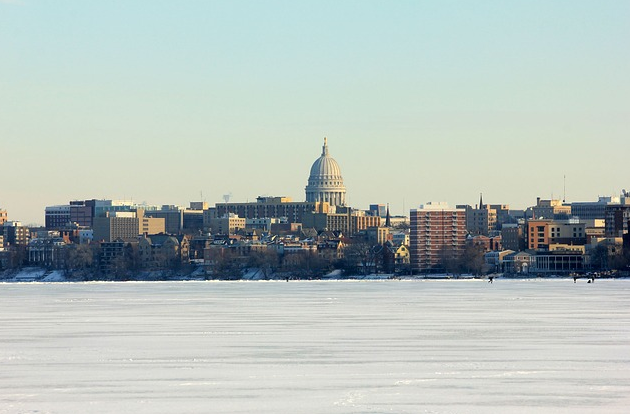Winter in Madison has been surprisingly mild this year, much to the relief of University of Wisconsin students.
Chris Kelley, Madison Streets Superintendent, said last winter weather conditions were exceedingly more drastic, and Madison’s winter budget reflects these changes.
Last year by February, trucks had been out salting 38 times, while this year trucks have only been out 21 times so far, Kelley said.
Even though this winter may need less salting and plowing, the money available in the budget remains the same, strategic initiatives coordinator George Dreckmann said. When money does get spent, it is mostly on salting and plowing.
“Most of our time out on the streets is used for salting operations or we’re just salting and plowing on the major streets. But we spend quite a bit of money on when we have to do major plowing operations as well,” Dreckmann said.
These bigger plowing operations are known as “major plows,” Kelley said, and occur when the city receives three inches of snow or more.
“We budget for 28 times for salting and we budget for six to seven major plows, which is three inches or more,” Kelley said. “We’ve only had a couple that were close to that and we plowed anyhow. We still have money in the budget for at least 6 major plows, so we’re in good shape this year.”
The budget is based on a 10 year cycle, in which they observe the past 10 years’ average snowfall and weather conditions to better predict the ways to prepare for the coming winter, Kelley said.
The city also uses the previous year to mirror its plans, but because of the large variance year to year, the ten year cycle tends to be more reliable, Kelley said.
“[The snow levels] go up and down. Back in 2007-2008 we plowed 14 times which is very unusual. That was year we got 101 inches, but in 2004-2005 we had 44 inches and last year we had 59 inches,” Kelley said.


